- Home
- Directory
- Shop
- Underwater Cameras - Photographic Accessories
- Smartphone Housings
- Sea Scooters
- Hookah Dive Systems
- Underwater Metal Detectors
- Dive Gear
- Dive Accessories
- Diving DVD & Blu-Ray Discs
- Diving Books
- Underwater Drones
- Drones
- Subscriptions - Magazines
- Protective Cases
- Corrective Lenses
- Dive Wear
- Underwater Membership
- Assistive Technology - NDIS
- On Sale
- Underwater Gift Cards
- Underwater Art
- Power Stations
- Underwater Bargain Bin
- Brands
- 10bar
- AOI
- AquaTech
- AxisGo
- Backscatter Underwater Video and Photo
- BLU3
- Cayago
- Chasing
- Cinebags
- Digipower
- DJI
- Dyron
- Edge Smart Drive
- Eneloop
- Energizer
- Exotech Innovations
- Fantasea
- Fotocore
- Garmin
- Geneinno
- GoPro
- Hagul
- Hydro Sapiens
- Hydrotac
- Ikelite
- Indigo Industries
- Inon
- Insta360
- Intova
- Isotta Housings
- Jobe
- JOBY
- Kraken Sports
- LEFEET
- Mirage Dive
- Nautica Seascooters
- Nautilus Lifeline
- NautiSmart
- Nitecore
- Nokta Makro
- Oceanic
- Olympus
- OM System
- Orca Torch
- Paralenz
- PowerDive
- QYSEA
- Scubajet
- Scubalamp
- Sea & Sea
- SeaDoo Seascooter
- SeaLife
- Seavu
- Shark Shield
- Sherwood Scuba
- Spare Air
- StickTite
- Sublue
- Suunto
- SwellPro
- T-HOUSING
- Tusa
- U.N Photographics
- Venture Heat
- XTAR
- Yamaha Seascooter
- Youcan Robot
Shooting Beneath the Ice
Contributed by Scuba Diver Australasia
 Story and photo by Michael Aw
Story and photo by Michael Aw
Antarctica..... the coldest and windiest continent. My first voyage, my first photographic journey to the ultimate wilderness on earth was filled with aspirations and dreams. I dreamt of leopard seals, penguins dashing in and out of ice-floes and of course over/under images of icebergs, which are money shots with my stock agency. My objective joining a photographer and diver expedition on board the Polar Pioneer was to capture a sample of an above and below portfolio of the Antarctica Peninsula. I soon realized that I was too ambitious. For each landing, I had to carry a 30kg backpack of cameras, a pole cam, and I had to fight an expedition leader whose mission in life was to make sure I fail.
Any way, I persevered grabbing every window of opportunity for a lucky break to capture a photographic record of snow, sun and sea in extraordinary formations of ice, creating overwhelming, ever-changing color spectrums, in an amazing variety of shades and of immense brilliance. With an intensity unfelt since childhood, I fought to retain the infinite impressions that flooded the senses. Working the above and below images, I was mesmerized by the hues and shades beneath the ice and I will never forget those indescribable cathedral lights that light up the deep blue ice. I remembered my fingers were numb beyond comprehension submerged shooting for those over and under images, I was too immersed in enthusiasm to feel the pain and the cold.
Scuba Diving in these icy waters is an entirely different challenge, especially in water temperatures of around -2.2° to -1.6°C. I used the Apollo Prestige dry suit with 2 layers of fleece undergarment and a dry suit hood, though I found out later that an ice-cap under layer would have been a clever inclusion. Of course having two layers would have worked better then one. Latex neck seals are particularly cold, thus a drysuit with a neoprene warm neck collar is best. With dry hood tucked inside the collar, the neck seal is sealed from the direct contact of the water which keeps the neck and upper body warmer. Unfortunately for my trip I was not equipped with a dry glove - believe me the pain is excruciating. The next time I am coming back with an integrated dry glove system possibly from DIVING Concepts - dry glove and wrist ring system. This integrated dry glove system enables heated air to pass into the gloves, which keeps hands and fingers warm and can be installed on most drysuits.
A high performance regulator is absolutely essential in icy water temperatures; it is important to utilize regulators that are insulated from the cold environment to prevent the buildup of ice avoiding 'freezing up' the unit. It's a good idea to practice the technique of making an emergency ascent by breathing from a free-flowing regulator. To avoid a free-flow regulator, avoid stressing out the unit with heavy breathing. Take your first breath submerged rather than in the air, and never use the purge button either above or below the surface. Blow away any entrapped water (or ice) that might be around your cylinder valve or regulator orifices with dry air from another cylinder. My choice of regulator was the Apex's TX100 or the environmental sealed Mk6 from Sea Hornet Australia.
About diving in Antarctica:
With the Polar Pioneer, divers are transported by Zodiacs to rocky shores or ice bergs; the dives are generally shallow to 20m, and dive time between 30 to 40 minutes. Dives are limited to one or two per day allowing time to join the rest of the group exploring the topside of Antarctica which has so much more to offer and certainly a unique experience. Advanced certification and a dry suit diving course are essential..
Contact: Aurora Expeditions,www.auroraexpeditions.com.au.
Michael Aw's website: www.michaelaw.com
This article was originally published in Scubadiver Australasia
Shopfront
-
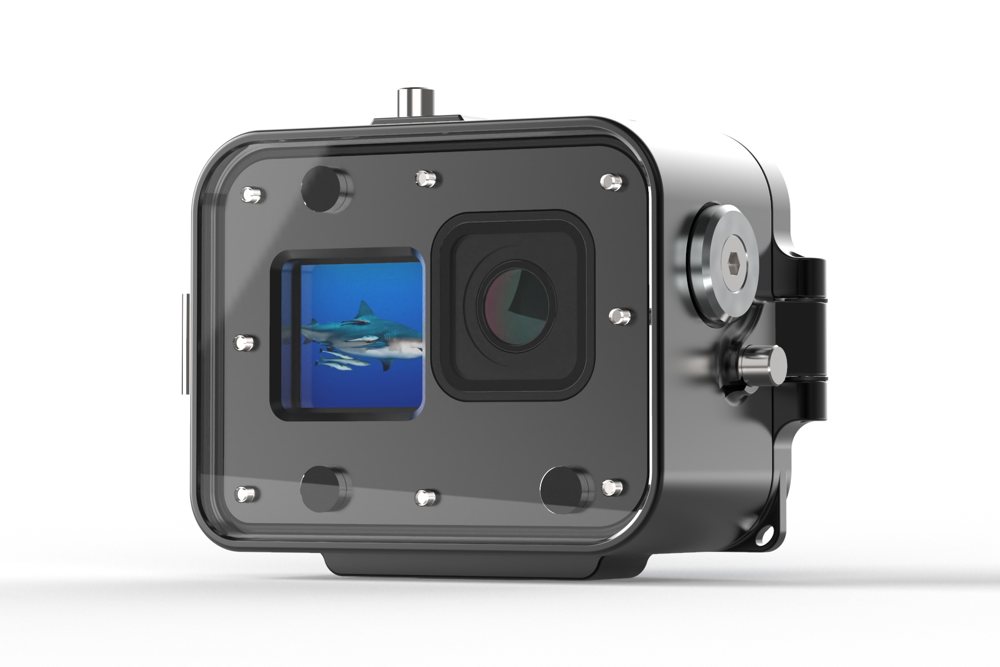 T-Housing Aluminium Deepdive Housing for GoPro Hero9 Hero10 HERO11 HERO12 and HERO13
T-Housing Aluminium Deepdive Housing for GoPro Hero9 Hero10 HERO11 HERO12 and HERO13
- Price A$ 579.00
-
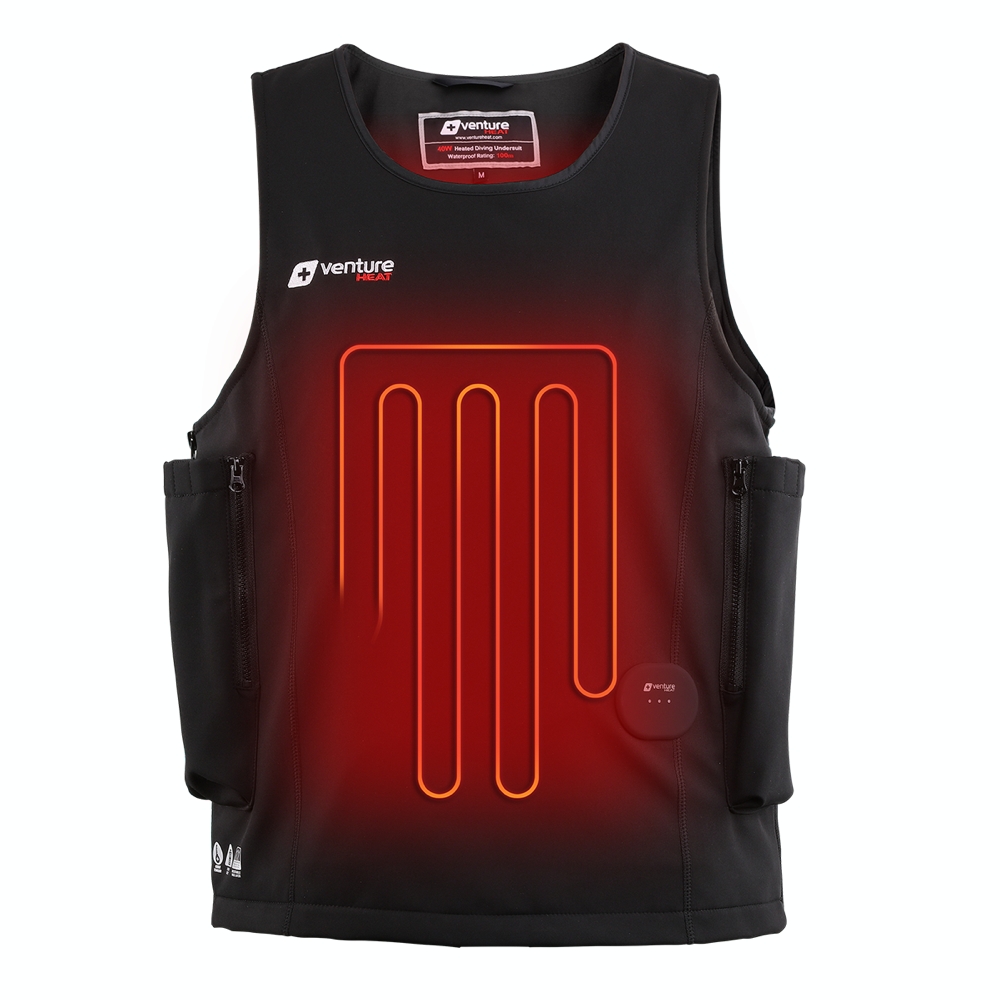 Venture Heat - Pro 32w Dive Vest Kit - V2
Venture Heat - Pro 32w Dive Vest Kit - V2
- Price A$ 1,139.00
-
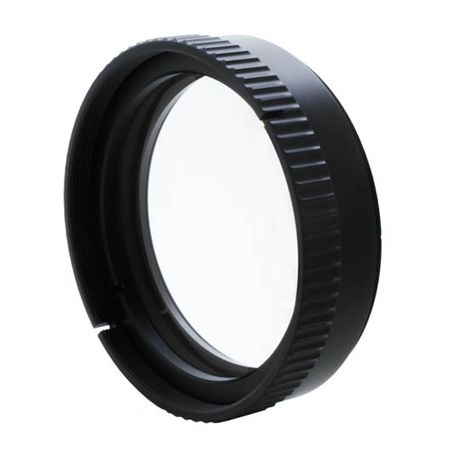 DYRON Macro lens UCL67II
DYRON Macro lens UCL67II
- Price A$ 199.00
-
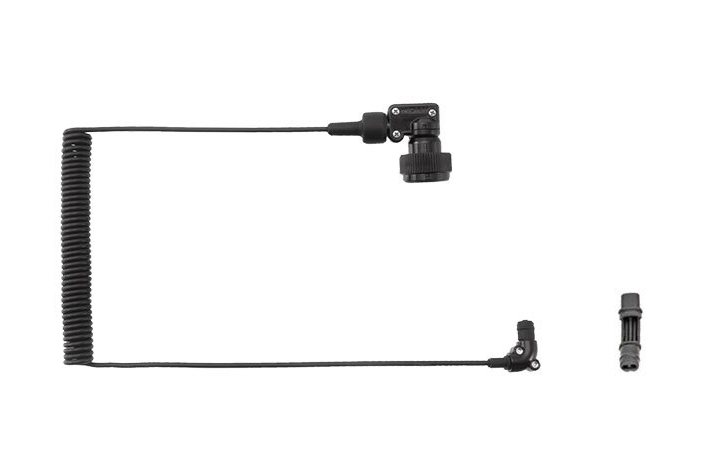 Inon Optical D Cable Type L Rubber Bush Set 2
Inon Optical D Cable Type L Rubber Bush Set 2
- Price A$ 139.00
-
 Nokta PulseDive SCUBA Underwater Metal Detector
Nokta PulseDive SCUBA Underwater Metal Detector
- Price A$ 349.00
-
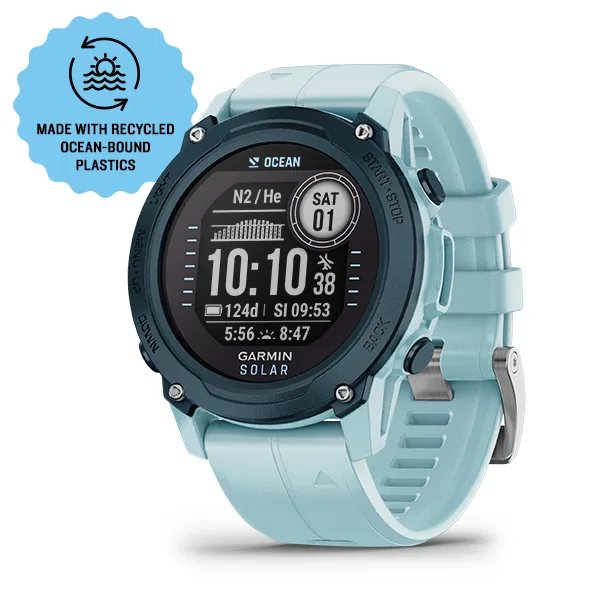 Garmin Descent™ G1 - Solar
Garmin Descent™ G1 - Solar
- Price A$ 929.00
In the Directory

 Wakatobi Dive Resort
Wakatobi Dive Resort
Wakatobi Dive Resort has some of the most pristine reefs in Indonesia at its doorstep. Protected by their Collaborative Reef Conservation Program, Wakatobi is the #1 choice for sophisticated divers.
 QYSEA Australia
QYSEA Australia
QYSEA Australia - we are the exclusive distributor Fifish V6 and other fantastic underwater drones from QYSEA.


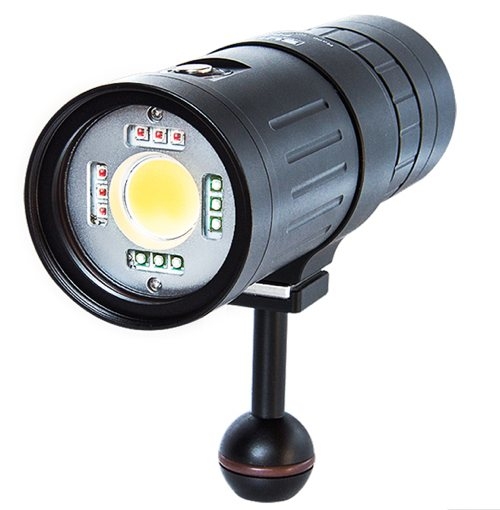
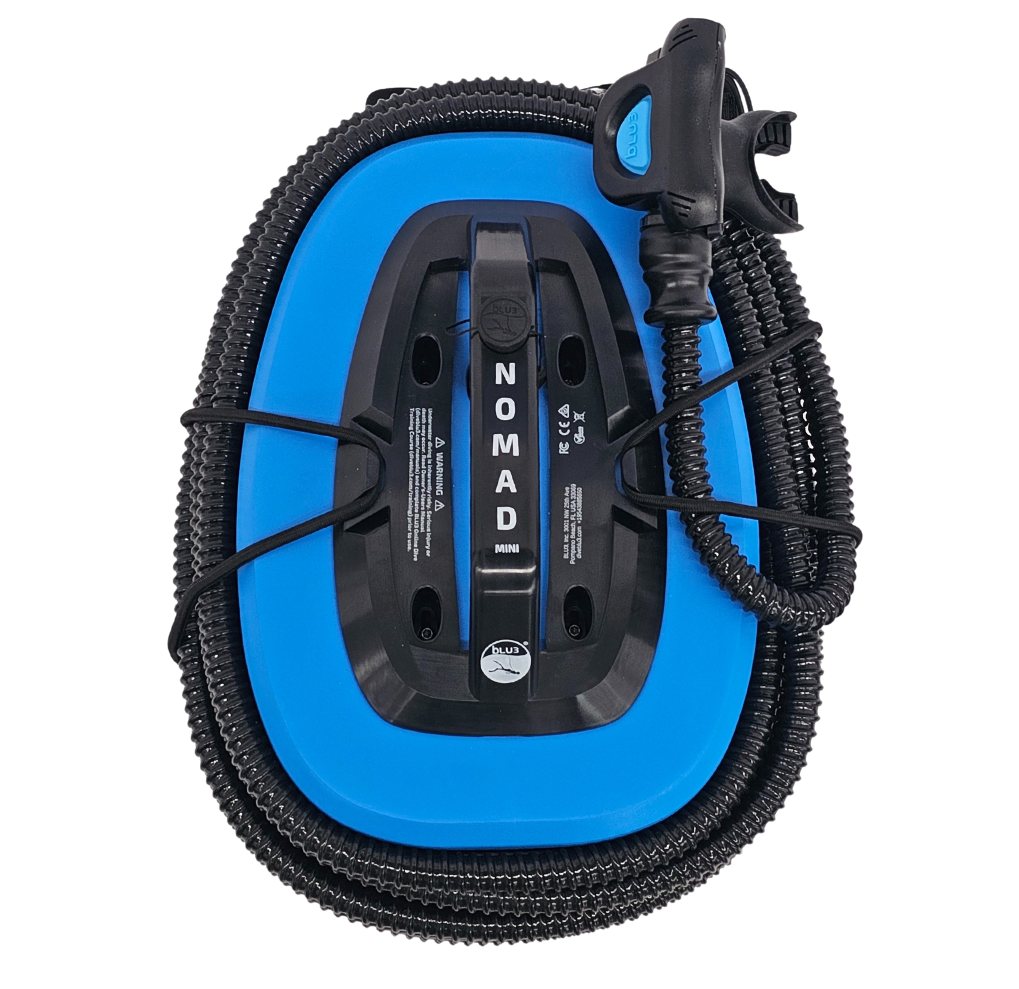

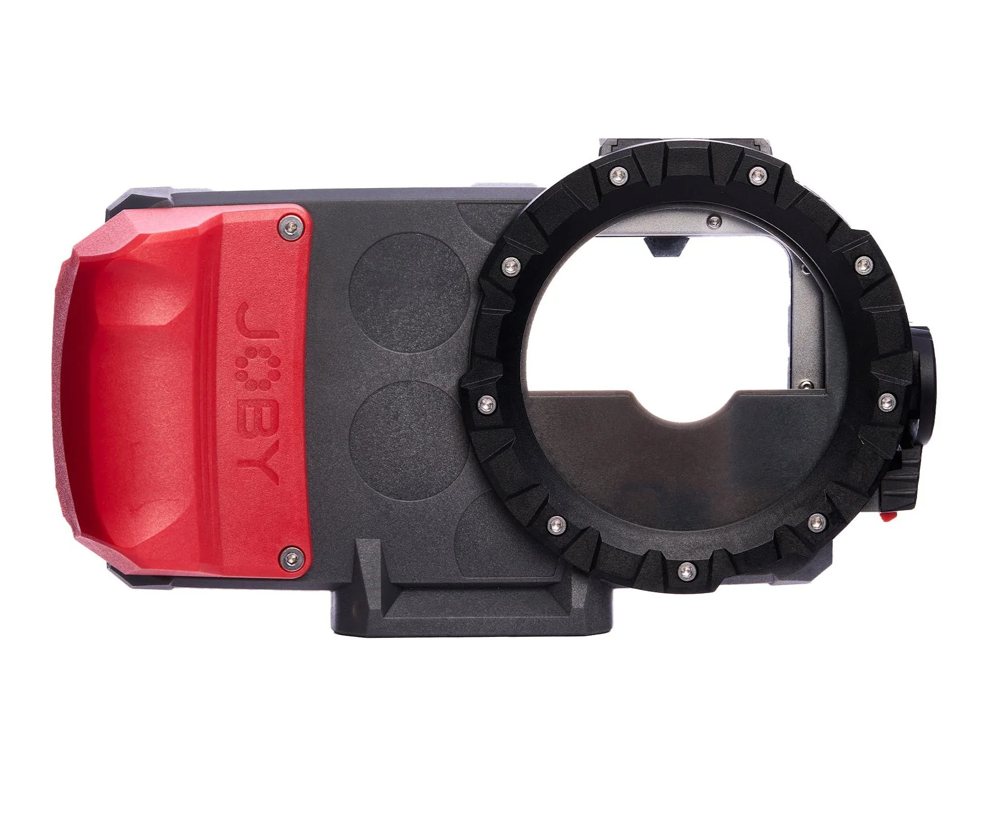
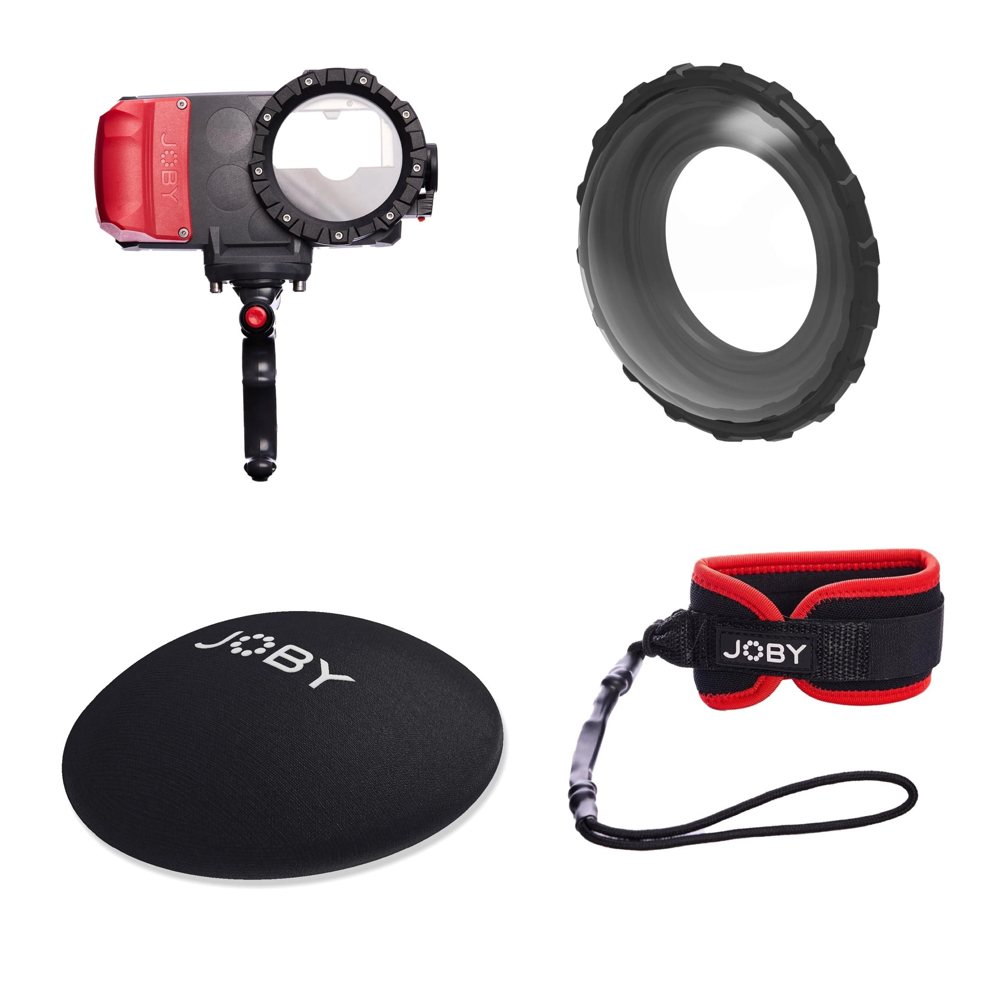
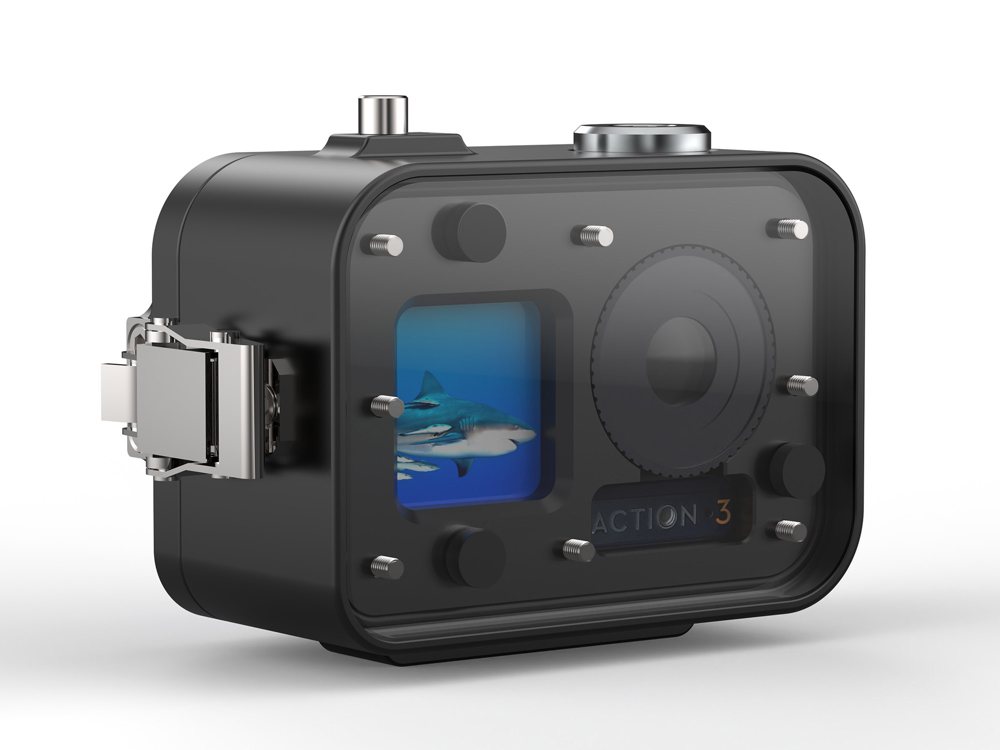
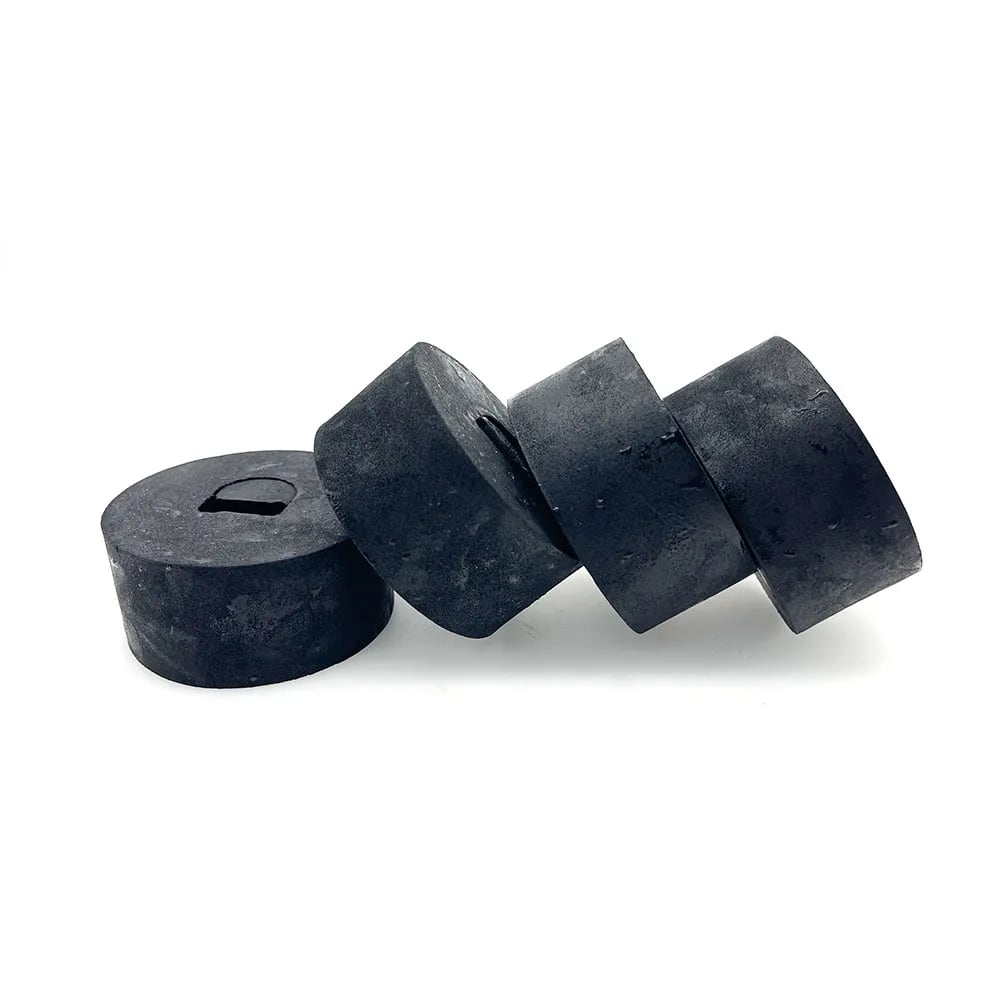



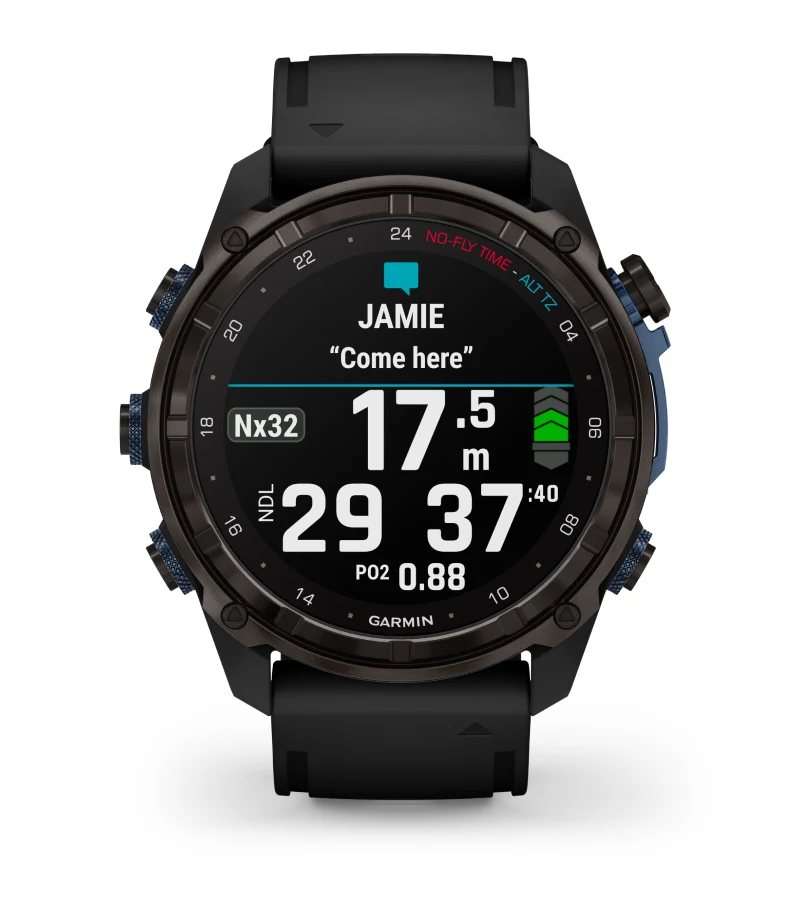 Garmin Descent Mk3i Watch Dive Computer - 51 mm, Carbon grey DLC titanium
Garmin Descent Mk3i Watch Dive Computer - 51 mm, Carbon grey DLC titanium 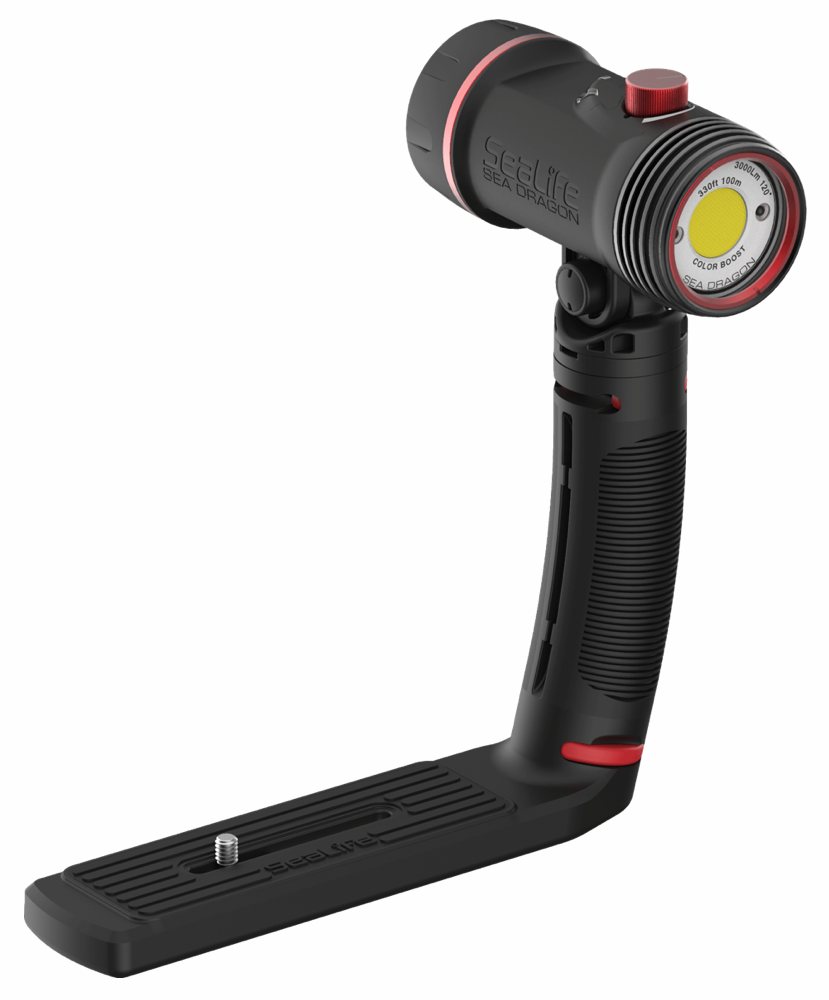 SeaLife Sea Dragon 3000F with Color Boost™ Auto Photo/Video Light
SeaLife Sea Dragon 3000F with Color Boost™ Auto Photo/Video Light 




